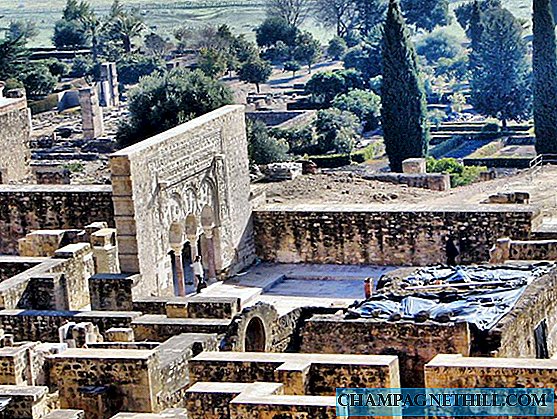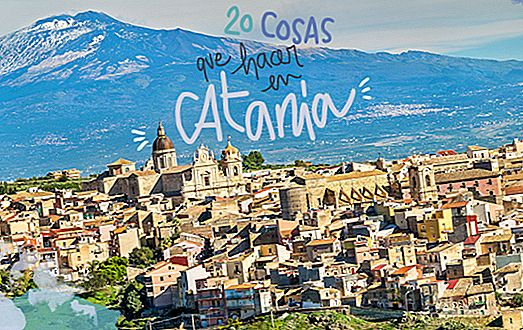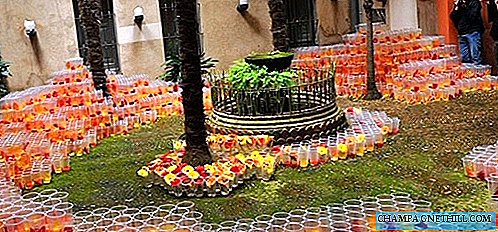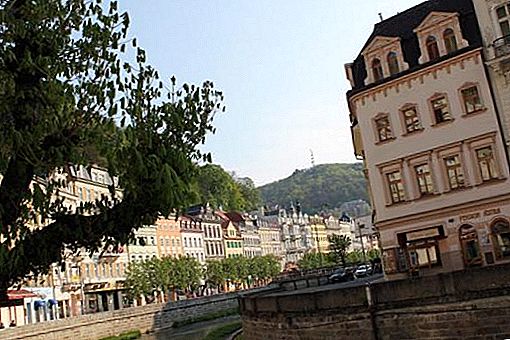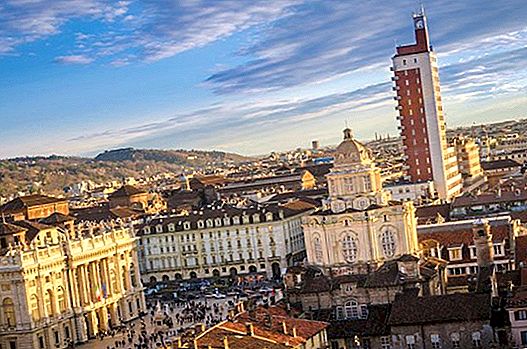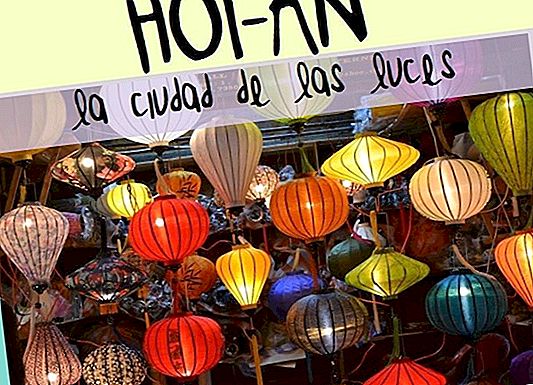
Vietnam is a very long country, we checked on the trip to the central area. To make the 700 or 800 kilometers that separate Muí Ne from Hoi an We took a bus with bunk beds, a sleeping bus, which left us at our destination after ... 19 hours !! What a beating! It reminded me a little of when we were little and went on vacation in the Toledo seat and turned the back seat with the trunk into a bed for the three brothers.

Hoi An is a city with medieval streets that are filled with lights at night, while tourists stroll among the innumerable craft shops of all kinds: footwear, lanterns, clothes, umbrellas, etc. If at first you find it curious at the end you end up a bit disappointed since practically all the buildings in the historic area have been destined for shops or art galleries. Or what is the same, we will try to sell tourists to the mold of the stones.
At least some of the precious ones have been respected temples built with Chinese influence 200 or 300 years ago. Although some of it is paid just to see it outside is already worth it. But without doubt the emblematic monument of this medieval city is the japanese bridge. Of course, to cross it you also need to pay the entrance ...
However, not everything is expensive around here (although it seems a lie). There are many restaurants that offer you as a beer jar claim at 15 cents! And the truth is that nothing is bad. Enjoying some of the typical and unique dishes of this city accompanied by one or two beers (or three or four) is inevitable.
Near here the most important city of the Chan population, the ancestors of the Vietnamese, was built. The My Son ruins they are the reflection of a beautiful city raised between mountains and streams destined to the cult of three Hindu gods more than 1000 years ago. We made the return of the visit to the ruins in a small wooden boat where we ate contemplating one of the many fishing villages in the area.
We shared the trip with a nice Russian who left his wife and his work in his country, picked up a backpack and hitchhiked until he got there. He toured Russia, Mongolia, China and several Southeast Asian countries. Sergei gave me the first class of chinese chess (I guess he will have another more precise name), although in the middle of this his bus arrived.
Transport. How to get to Hoi An from Mui Ne?
The sleeping bus cost us $ 16 at one of the many agencies on the Mui Ne road. We had to change buses in Nha Trang, where another sleeping bus was waiting for us.
Accommodation. Where to sleep in Hoi An?
All the cheapest hotels are in two streets about 300 meters from the historic area. After asking many of us, we stayed at the Thien Trung hotel for $ 10 a night. The room is not a big deal and the deal was pretty bad, but it has a pool and is the cheapest we found. Prices are somewhat more expensive than in the rest of Vietnam.
Eat in Hoi An
In that same street there are 4 or 5 restaurants next to each other where they offer cheap beer and many of the typical dishes.
Visit to the historic center
It's free, but if you want to enter one of the museums, or cross the Japanese bridge, you need to buy a single ticket that costs 90,000 dongs.
Visit to the ruins of My Son
We hired them in an agency in the historic center. The price was much cheaper than in the other agencies. It cost us 5 dollars with food and return by boat, the entrance to the ruins is paid separately (60,000 dongs). We liked it a lot.















